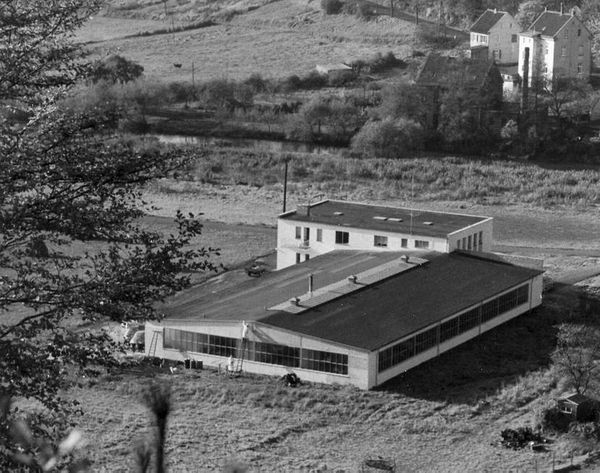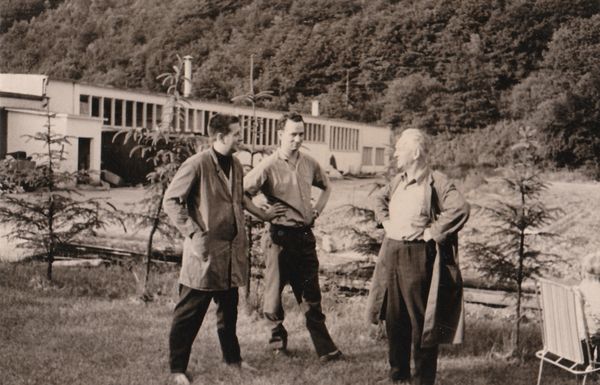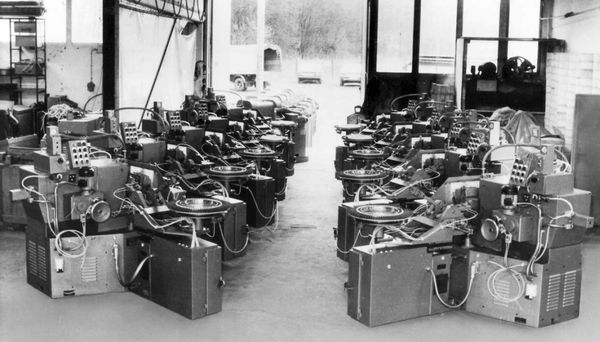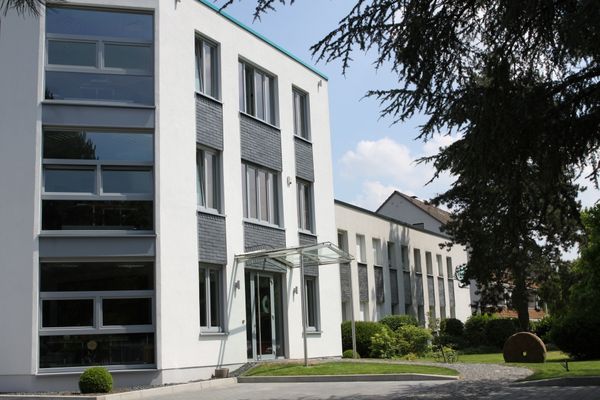Heinz Berger Maschinenfabrik GmbH & Co. KG
Grinding and polishing machines for more than 70 years

Since 1957, BERGER has been building grinding and polishing machines which are designed specifically for the demands of the cutlery and hand tool manufacturing industry, but also for utilization in other branches of metalworking.
COMPANY JULIUS BERGER | However, the idea for the building of such machines dates much further back. Heinz Berger joined the Julius Berger Company, founded by his father, as an engineer in 1928. This factory started to produce garden tools around that time.
Grinding was then, and still is, a very important process in the production of such cutting tools. The manual processing used required considerable talent and great physical stamina. The need to simplify and improve this labor intensive operation led to the development of grinding machines. These basic machines were soon helping the company successfully produce cutting tools.
THE POST-WAR YEARS | The plant was closed during the World War II until 1946. Thereafter, the development and building of grinders was emphasized, based on the experience gained in the production of the garden tools.
Initially, machines were shipped to neighboring cutlery and hand tool manufacturing plants in Solingen, Cronenberg, and Remscheid, with first exports to France and Italy in 1951.
FOUNDATION HEINZ BERGER | The great success of the machine building department in the following years resulted in 1957 in the start of a separate firm, the HEINZ BERGER Maschinenfabrik, led by Heinz Berger.
The rapidly increasing demand soon necessitated larger production facilities. In 1959, the machine building factory was moved from the original location in Berghausen (where the Julius Berger Company is still located to this day) to the new location at the Kohlfurther Bruecke. With intensive new developments, many additional models were introduced and distributed on a worldwide basis. Up to 75% of the production was exported.
KARLHEINZ BERGER | After the death of Heinz Berger in 1970, his son Karlheinz took over the enterprise.
The following years were marked by several expansions and the systematic increase of the production and development capacities in order to meet the continually rising demand.
ENTRY CHIESURA / GROSS | Since the beginning of the 1990s, the third Berger generation has become involved in the company with daughters Claudia and Heike and sons-in-law Dr.-Ing. Andreas Gross and Marco Chiesura.
These last years have been distinguished by the changeover from the traditional designs to machines with advanced CNC controls and a high degree of automation, up to complete systems for multi-station processing.
Starting in the mid-90s, the use of robots was aggressively pursued. Depending on the requirements, 4- to 7-axis robots built by ABB, Mitsubishi, Kuka, Epson, and others are employed. Initially applied in the automation of grinding and polishing machines, robots are now also used for grinding and polishing of workpieces. With the opening of our technology development center in April of 2002, we are now able to demonstrate our capabilities and run tests on customer workpieces.
PROSPECT | Continuous development and design enhancements are made possible by a staff of highly qualified employees, who are committed to finding advanced engineering solutions and place a high priority on their ability to develop customer-specific machining applications.
As a result, the Heinz Berger Maschinenfabrik has become a global partner in the production of cutlery items, hand tools, machine knives, surgical instruments and circular knives and provides customer service from its Cronenberg location.




